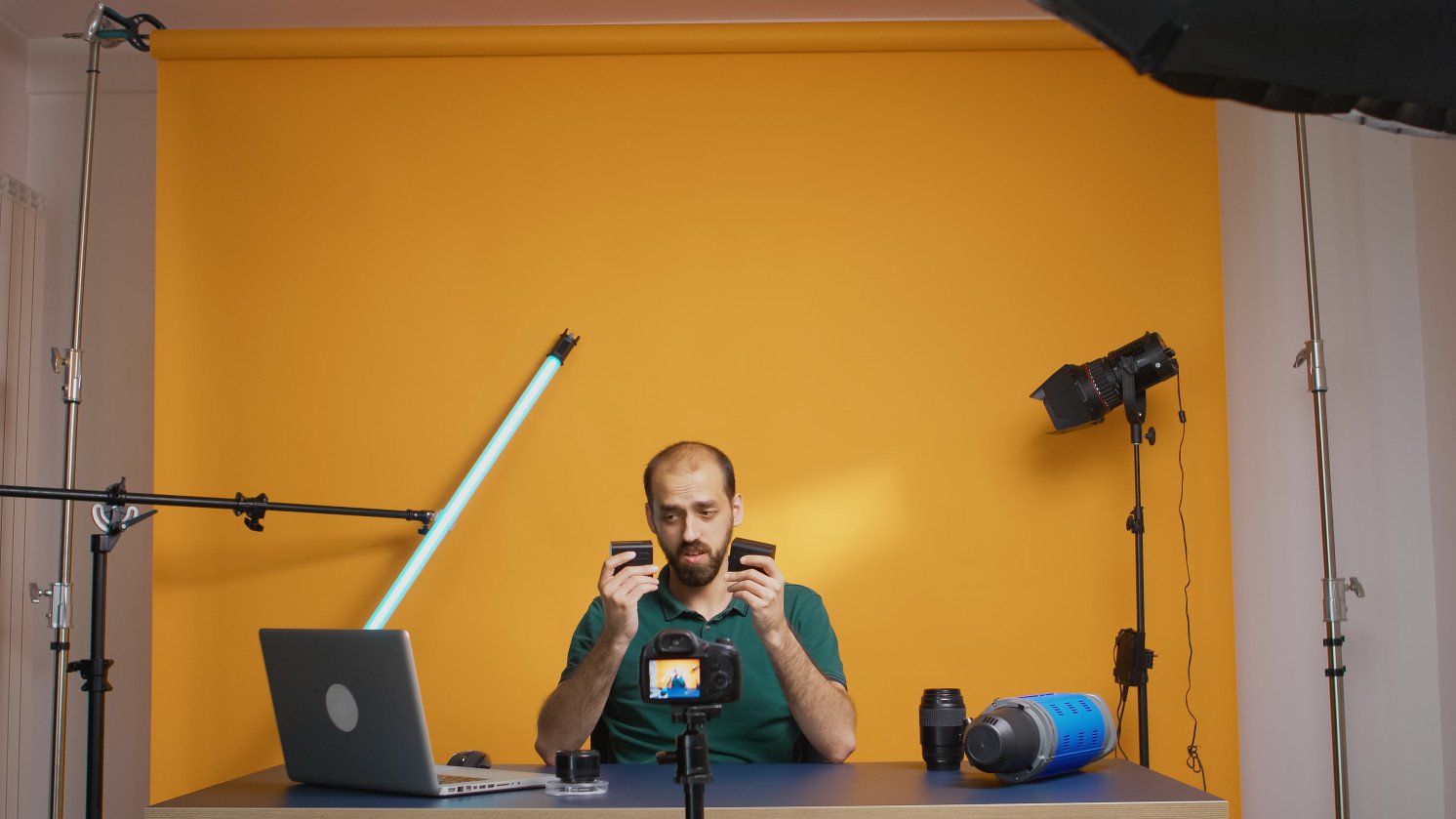The Creative Pulse: Behind the Scenes of Social Media Campaigns

The Creative Pulse: Behind the Scenes of Social Media Campaigns
The Creative Pulse: Behind the Scenes of Social Media Campaigns
Introduction
Social media campaigns have become an integral part of digital marketing strategies. Behind every successful campaign is a team of creatives who work hard to produce engaging and interactive content that resonates with the target audience. In this article, we’ll take you behind the scenes to explore how to build an effective social media campaign, from ideation to execution.
Understanding the Target Audience
The first step in any successful marketing campaign is understanding the target audience. This requires a thorough analysis of demographic data, interests, behaviors, and the challenges the audience faces. This information is essential in determining what type of content to create and which social platforms are best for reaching this audience.
Developing the Creative Idea
Once the target audience is understood, creativity comes into play. The creative idea is the foundation of any successful campaign. It must be fresh, innovative, and capable of capturing the audience’s attention. The creative team must have a deep understanding of the brand and its values and how to translate these values into content that resonates with the audience.
Designing Content and Crafting Messages
Content design is where creativity becomes reality. Here, images, videos, animations, and written content are produced, forming the backbone of the campaign. Content design requires a balance between aesthetics and the message being conveyed, ensuring that the content reflects the brand's identity and is capable of achieving marketing objectives.
Selecting the Right Social Platforms
Not every social platform is suitable for every type of campaign. Therefore, it is important to choose the platform(s) that best align with the target audience and the type of content. For example, if the campaign heavily relies on visual content, Instagram and Pinterest might be the best options. If the campaign targets an audience looking for information and instant updates, Twitter could be more appropriate.
Launching the Campaign and Measuring Success
After content is prepared and platforms are selected, it’s time to launch the campaign. This should be done strategically, ensuring that content is published at times when the audience is most active. Once the campaign is launched, it is essential to monitor content performance and analyze the results using available analytics tools. This could include tracking views, shares, comments, and the number of conversions the campaign has generated.
Optimizing the Campaign and Learning from Results
Based on the data gathered during the analysis phase, adjustments and improvements can be made to the campaign. These improvements might include tweaking the message format, adjusting the posting schedule, or even changing the platform used. The goal is to continuously optimize performance and ensure the campaign achieves its objectives.

 EN
EN
 AR
AR



